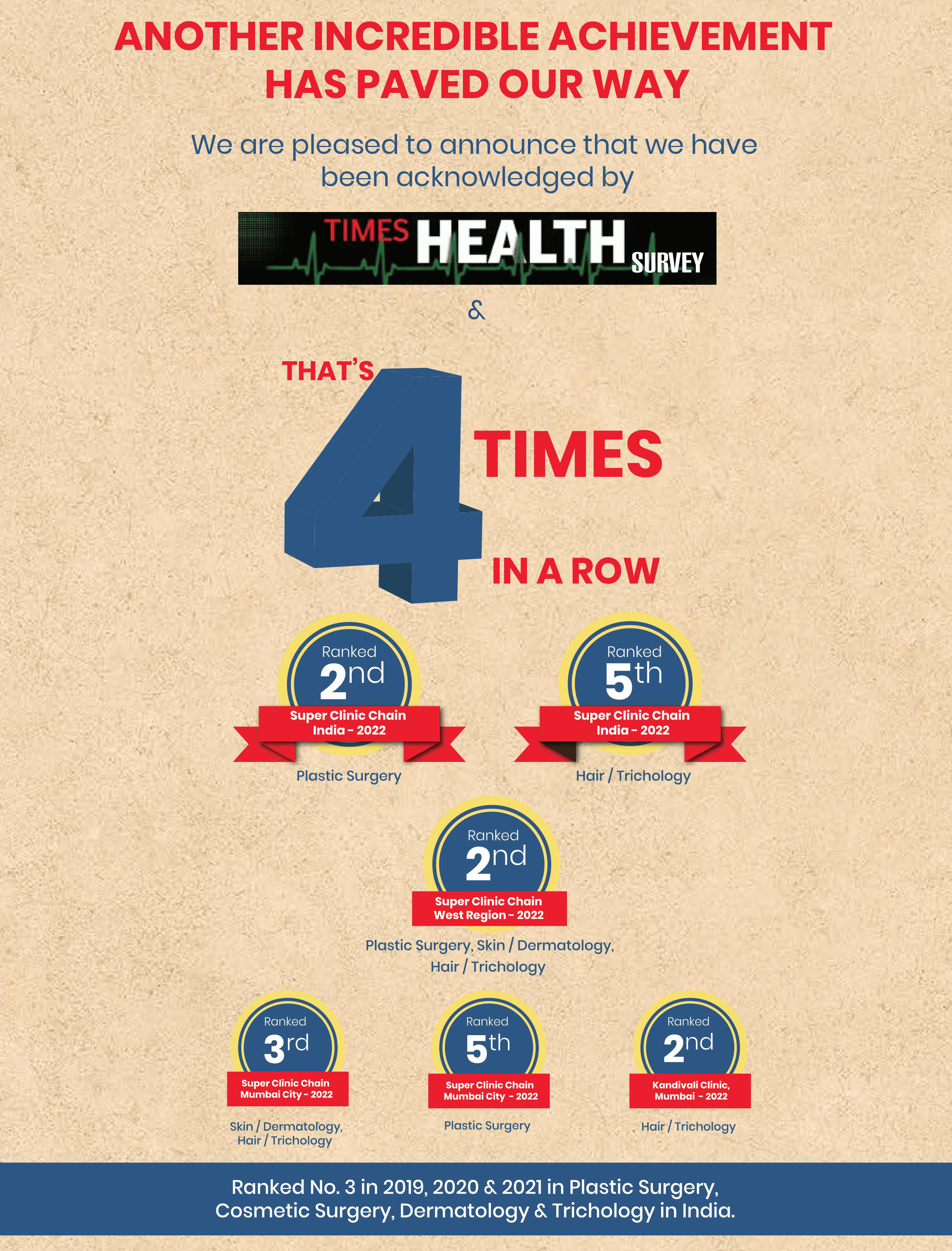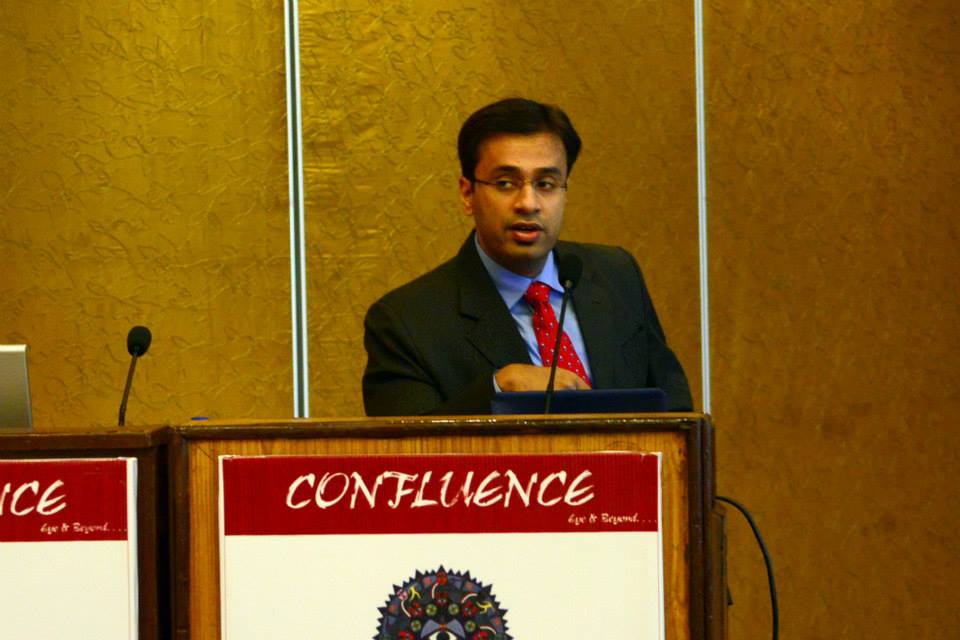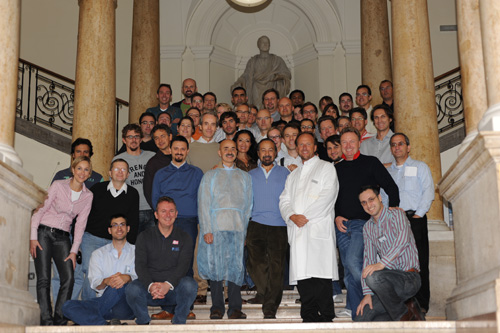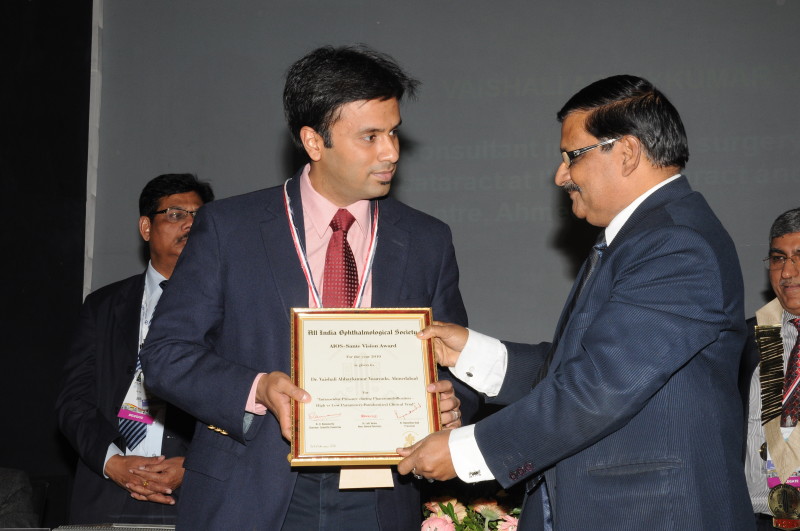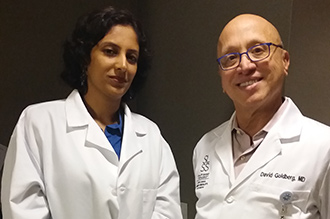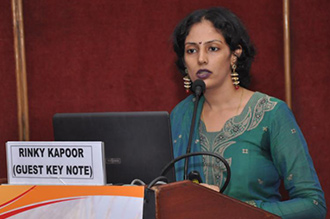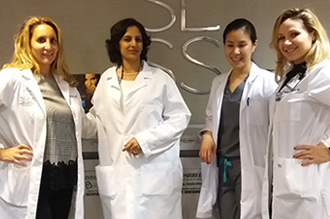Eye socket procedures are surgical protocols that are done to prepare the eye socket for the insertion of prostheses after the removal of the eye. As such, the major objective of these procedures is to create an eye socket that would guarantee the stability of an ocular prosthesis – one that would conveniently accommodate the artificial eye. In the event where an eye socket procedure is bypassed before inserting the prosthesis, the anatomic integrity of the socket will be grossly affected as it will begin to shrink, even to an irreparable extent thereafter.
Eye socket procedures can be performed under local anaesthesia, local anaesthesia plus intravenous sedation, or general anaesthesia. Some common complications associated with these procedures include swelling and redness of the surgical site. Discharge may also evolve from the socket after the completion of the procedure. The probability of orbital implants extrusion, which is reflected by the displacement of the implant – can also not be ruled out. It is against these backdrops that it becomes pertinent to ensure that your socket procedure is handled by a team of specialists with appreciable surgical knowledge that pertains to the orbital aspect – oculoplastic surgeons, ophthalmologists, and cosmetic surgeons can immeasurably contribute to the success of an eye socket procedure.
Enucleation:
Enucleation is an eye socket procedure that involves the removal of the eye when addressing certain eye defects/complications. It has been employed in cases of retinoblastoma wherein the specialist deems it valuable in preventing the spread of a tumor to other healthy parts of the eye – thereby preserving some functional and/or anatomic relevance. It is also adopted in the management of severe glaucoma, and generally, in conditions that involve large-sized tumors. Loss of vision in the eye that is being operated on is usually inevitable after enucleation.
In performing this procedure, the oculoplastic surgeon makes an incision around the limbus in order to access the conjunctiva and Tenon’s capsule, leaving the extraocular muscles exposed in the process. He/she then carries out sequences of methodical steps that ultimately lead to the removal of the eye and some orbital fat without getting rid of the eye muscles. The manoeuvres around the conjunctiva and Tenon’s capsule must be done with utmost care in order not to compromise their integrity – anything contrary could have an adverse effect on the closure of the implants. The complications that could arise with enucleation – apart from the evident loss of vision – include haemorrhage, infection, and the displacement of the implant.
Evisceration:
Evisceration has to do with the removal of specific ocular contents while leaving the sclera and optic nerve intact. Plus, the cornea may or may not be touched – this would largely depend on the severity of the condition that is being addressed. This procedure is usually straightforward and takes a shorter time to complete – compared to other eye socket procedures. It is as a result of this that evisceration enhances the preservation of orbital anatomy and the actualization of better motility. More so, since evisceration involves lesser manipulation, it becomes highly possible to achieve better cosmesis as the incidences of orbital tissue scarring and inflammation are minimized.
Evisceration has been particularly adopted in the treatment of endophthalmitis – a condition that is characterized by severe inflammation of intraocular tissues – as it permits the extirpation and drainage of ocular contents without the need for orbital invasion. Other indications for evisceration include eye cancers, traumatic pains, and diabetic retinopathy to mention just a few. Nevertheless, it has to be emphasized that there is a limitation to what can be achieved with evisceration, especially with respect to cancerous growth. Besides, certain complications arise with evisceration and some of these include ectropion, sunken superior fornix, cyst formation around the conjunctiva, late extrusion of the implant, contraction of the eye socket, and upper eyelid ptosis.
Exenteration:
Exenteration is an eye socket procedure that entails the resecting of the eyeball along with the surrounding tissues, and it can be subtotal, total, or extended. More notably, exenteration involves the excision of the conjunctiva, eyelids, globe, and entire orbital contents. Moreover, other areas such as paranasal sinus tissues, intracranial tissues, and bony orbital walls may also be involved as far as extended exenteration is concerned.
Exenteration has also been indicated in the management of tumors – large-sized ones to be more specific – and the surgeon gains access to the periosteum through a circumferential skin incision while performing this procedure. The management of the orbit after ocular contents must have been exenterated is challenging in itself, and this is why the whole procedure must be done with unwavering care and attention. Potential complications that are associated with exenteration are sino-orbital fistula, chronic discharge and cerebrospinal fluid leak. There is yet a high probability of having tumor/cancerous growth recurrence after exenteration – this boils down to the severity/stage of the malignancy for which exenteration was adopted in its management.
The preparation for an eye socket procedure begins with a visit to the clinic to see a(n) cosmetic/oculoplastic surgeon who will carry out series of examinations – both direct physical examination and diagnostic examinations – to assess your condition. The specialist will ask about your medical history, as well as other salient details as he/she attempts to establish the cause of your eye problem. After this, the eye socket procedure that would be suitable for treating your issue will be communicated. The specialist will educate you about the steps that are involved in the selected procedure – you will also be told about the advantages and complications that are associated. A consent form will, thereafter, be given to you to sign and the surgeon will fix a date for your operation.
Having completed your initial appointment(s) with the surgeon, the next steps will be directed at preparing for the operation proper. In light of this, you will have to discontinue the use of blood-thinning medications [like aspirin, ticagrelor, warfarin, etc.] two weeks before the operation. Anti-inflammatory drugs and herbal supplements should also be avoided before the operation.
After the eye socket procedure has been completed, the surgeon will place in a plastic conformer to keep the shape of the socket in anticipation of the time that the area would have healed enough to receive the prosthetic eye. That said, you will likely experience swelling and may pain after an eye socket procedure. Painkillers such as ibuprofen or paracetamol should help to take care of the pain. The surgeon will prescribe some other medications for you, and these should be taken as and when due. For the swelling, you should consider using an extra pillow when sleeping; this will be effective in minimizing the swelling and also alleviate the accompanying pain – the swelling should, however, subside within two weeks after the surgery. The plastic conformer will be replaced 8 – 10 weeks after the surgery – this is after an ocularist must have prepared the right size and shape of prosthesis that will perfectly slide unto the implant.
Other postoperative care/measures that you should take include:
Even as vision loss cannot be evaded, it is especially critical that you seriously ponder, and meticulously draw out the ideal eye socket procedure to thwart any impending issues. The Esthetic Clinics nearby is on a mission to see to it that the evisceration procedure in India is conducted in the smoothest possible manner. We are founded on the principles of excellence and professionalism with our plastic surgeons, cosmetic surgeons, and other medical staff seeing to the surgical/medical service needs of a host of patients. Our high standard and quality assurance have set us apart over the years.
We have at our disposal a celebrity oculoplastic and cosmetic surgeon in Dr. Debraj Shome, who has rolled out several publications and won a handful of noteworthy accolades to his name. With state-of-the-art facilities and equipment, The Esthetic Clinics is one of the world’s top medical centers today, and we are always ready to handle your situation with the urgency it deserves.
A major determinant of eye socket procedure price, in the first instance, is the particular procedure that is selected in treating your condition – the cost will always vary in this direction. More so, a more extensive protocol like exenteration is not expected to have the same cost as a considerably straightforward protocol like evisceration. Apart from this, the implant attachment technique chosen, as well as the size of the implant required, will also have an impact on the cost of eye socket procedure. Other factors influencing the cost of eye socket procedure are the severity of your disease and the surgeon’s charge


Dr. Debraj Shome is Director and Co founder of The Esthetic Clinics. He has been rated amongst the top surgeons in India by multiple agencies. The Esthetic Clinics patients include many international and national celebrities who prefer to opt for facial cosmetic surgery and facial plastic surgery in Mumbai because The Esthetic Clinics has its headquarters there.
